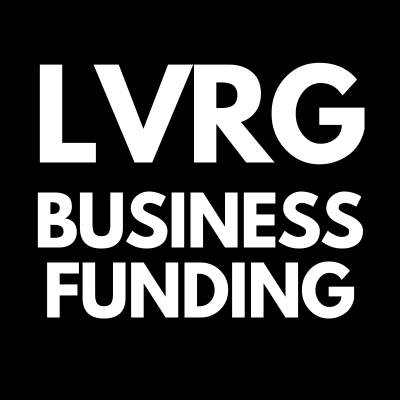Mastering Cash Flow: A Guide for Small Business Owners
Cash flow is the lifeblood of any business, and for small businesses, it is even more critical to have a well-managed and healthy cash flow. Effective cash flow management ensures that a business can cover its expenses, meet financial obligations, and have the resources to grow and thrive. In this article, we will explore some essential strategies and best practices for small business owners to manage their cash flow effectively.
1. Create a Cash Flow Forecast
Developing a cash flow forecast is the first step towards managing your cash flow. This projection outlines your expected income and expenses over a specific period, typically on a monthly or quarterly basis. By forecasting your cash flow, you can anticipate potential cash shortages and take proactive measures to address them before they become a problem.
Start by listing all your expected income sources, such as sales revenue and loans. Then, identify your regular expenses, including rent, utilities, payroll, and supplier payments. By comparing your projected income with your expenses, you can identify any gaps and plan accordingly.
2. Improve Receivables Management
Late payments from customers can significantly impact your cash flow. Use effective receivables management techniques to ensure timely payments and avoid any unnecessary delays. Establish clear payment terms and communicate them to your customers upfront. Consider offering incentives for early payments or penalties for late payments to encourage prompt settlement.
Regularly review your accounts receivable aging report to identify overdue invoices. Follow up with customers who have outstanding payments and send gentle reminders as necessary. If needed, consider implementing a more robust credit control policy or outsourcing your collections to a specialized agency.
3. Delay Expenses When Possible
Managing cash flow means optimizing the timing of your payments. Whenever feasible, delay your expenses without compromising your relationships with vendors or suppliers. Negotiate favorable payment terms, such as extended payment periods or discounts for early payments. By doing so, you can retain more cash in your business and maintain a healthy operating balance.
4. Monitor Inventory Levels
For businesses that rely on inventory, it is crucial to strike a balance between having enough stock to meet customer demand and avoiding excess inventory that ties up valuable cash. Regularly track your sales trends and adjust your inventory levels accordingly. Adopt just-in-time inventory management methods to minimize holding costs and free up cash for other areas of your business.
5. Build Relationships with Lenders
Establishing good relationships with lenders can prove invaluable during times of cash flow constraints. Foster connections with banks, alternative lenders, or business funding companies who understand your needs. While it is essential to maintain a strong credit history, having a lender like LVRG who knows your business and is willing to support you during challenging times can make a substantial difference.
6. Prioritize Cash Flow Monitoring
Managing cash flow requires constant vigilance. Set aside time each week or month to review your cash flow statement and monitor any deviations from your forecast. Regularly analyze financial reports and identify areas where you can improve efficiency or reduce costs. By staying on top of your cash flow, you can make informed decisions and proactively address any potential issues.
Conclusion
Managing cash flow is a vital aspect of running a successful small business. By creating a cash flow forecast, improving receivables management, delaying expenses when possible, carefully monitoring inventory levels, building relationships with lenders, and prioritizing cash flow monitoring, you can ensure a healthy and thriving financial foundation for your business. With effective cash flow management, you can navigate through challenges, seize opportunities, and position your small business for long-term success.
Written by Charles Barr, CEO of LVRG Funding

